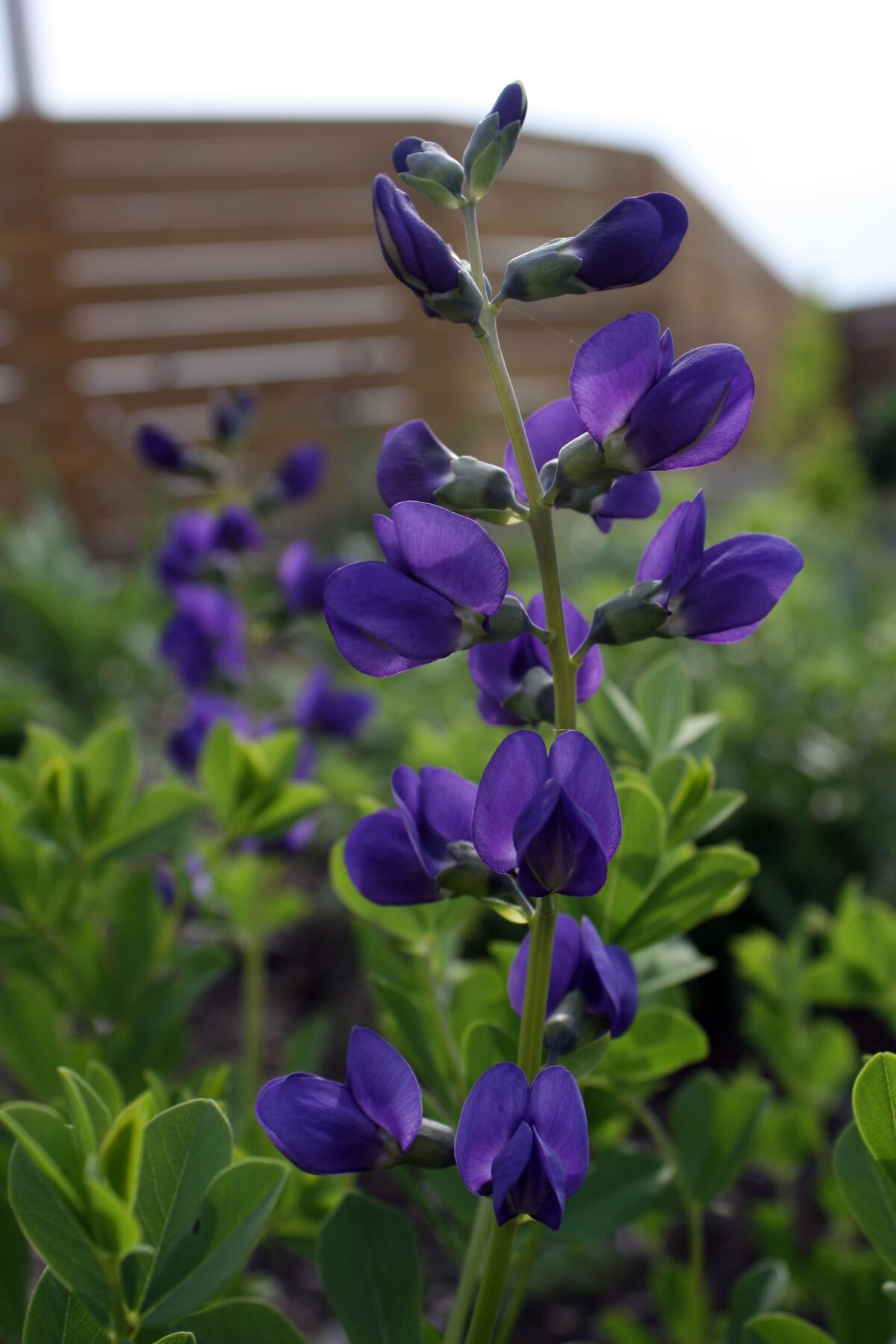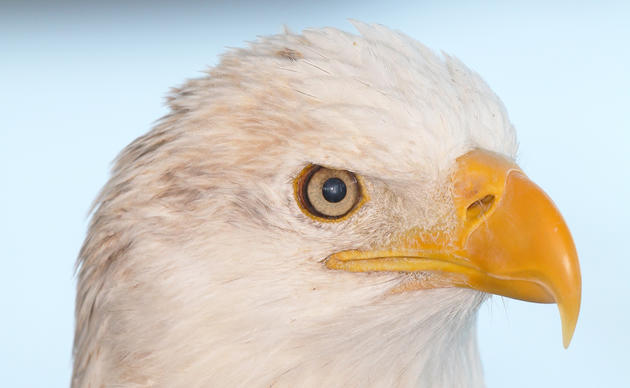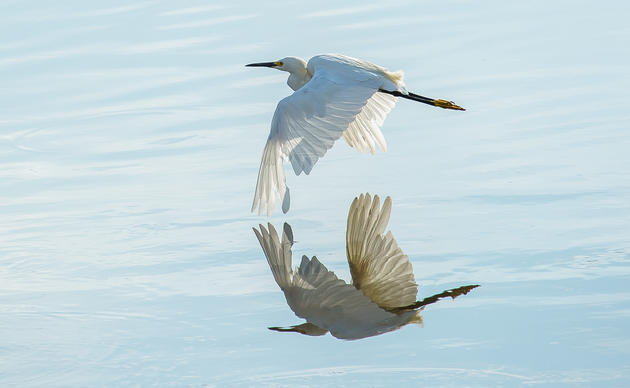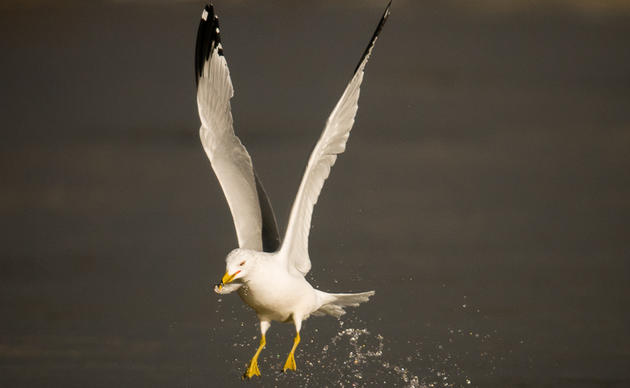Why Native Plants
Native birds need native plants and the insects that have co-evolved with them to survive. Most landscaping plants available in nurseries are exotic species from other countries. Many are prized for qualities that make them poor food sources for native birds—like having leaves that are unpalatable to native insects and caterpillars. With 96 percent of all terrestrial bird species in North America feeding insects to their young, planting insect-proof exotic plants is like serving up plastic food. Audubon’s Plants for Birds initiative is an excellent source for info on native plants and includes a Native Plant Database to find native plants locally by zip code.
Our Native Plant Efforts
This project has a conservation impact on 1.8 million acres of land and improved outcomes for four priority bird species.
To promote the use of native plants and make Riverlands even more friendly to native birds and insects, we maintain a native plant garden at the Center with the help of St. Louis Audubon Society members and other volunteers. Visitors will enjoy a dazzling array of flowers, grasses, and sedges, which attract colorful visitors such as Indigo Buntings, Ruby-throated Hummingbirds, American Goldfinches, Tree Swallows, Killdeers, or Dickcissels. Visitors will also find butterflies, moths, skippers, dragonflies, damselflies and more!
Visitors also learn about Native Plants through materials and programs we offer often through collaborations with Forest ReLeaf, Grow Native!, St. Louis Audubon Society, and Wild Ones. Students, scouts and campers learn about native plants and pollinators through our Nature Education for Stewards of Tomorrow (NEST) programs for kids grades K-12 and other programs!
A large diversity of grassland and other bird species are regularly using 1,200 acres of prairie marsh at Riverlands food, shelter, nesting, and safe passage.
We are supporting the Corps’ ongoing efforts to restore and maintain a significant swath (1,200 acres) of prairie marsh at Riverlands. This effort includes purchasing and developing seed sources for future restoration work, seed collecting, planting, and monitoring restored areas. A large diversity of grassland and other bird species are regularly using this habitat for food, shelter, nesting, and safe passage.
How you can help, right now
Programs
The Audubon Center at Riverlands is a great place to bring your classroom or group!
Volunteer With Us!
Riverlands relies on our many skilled and talented volunteers.




